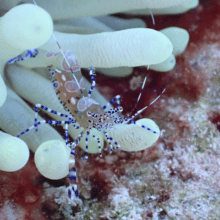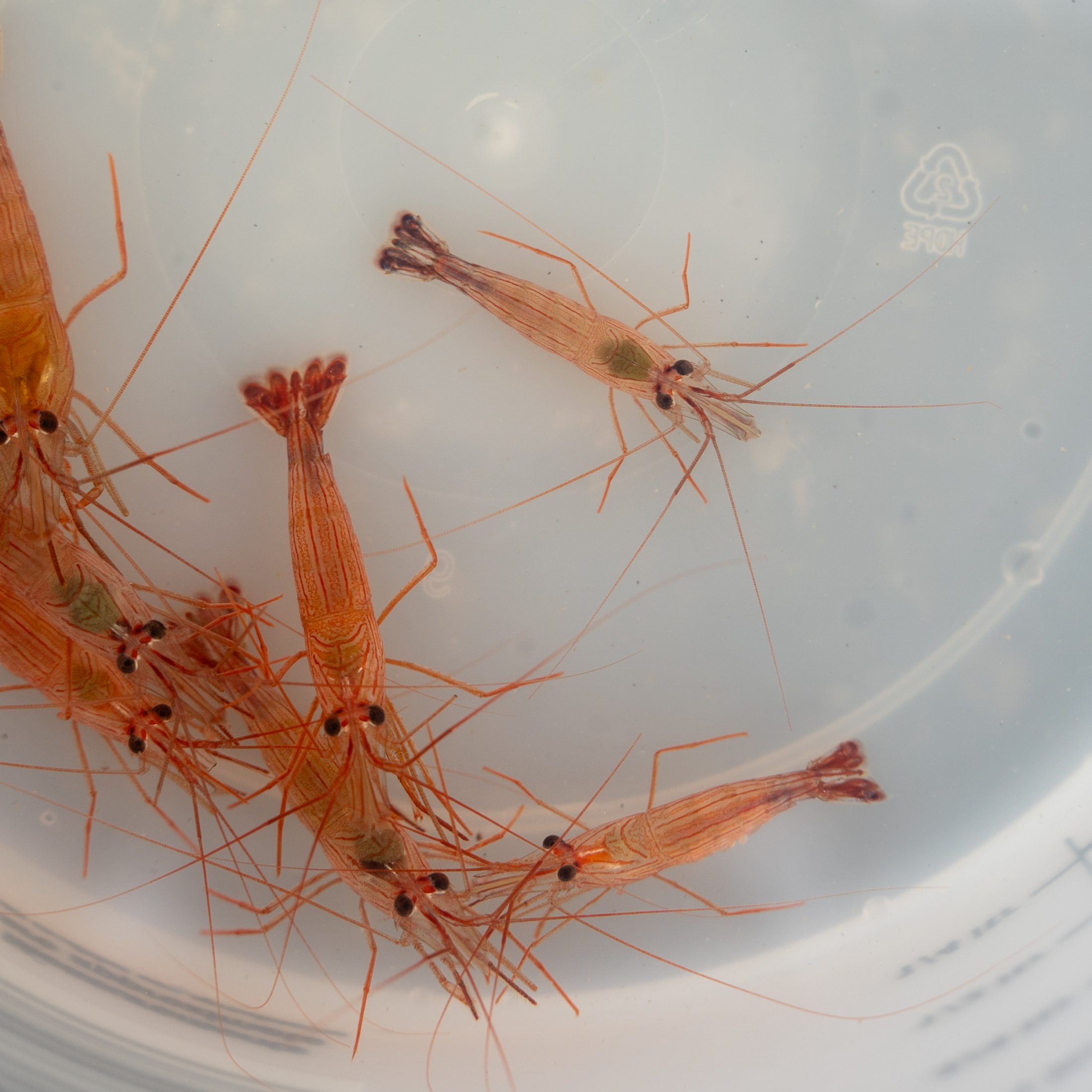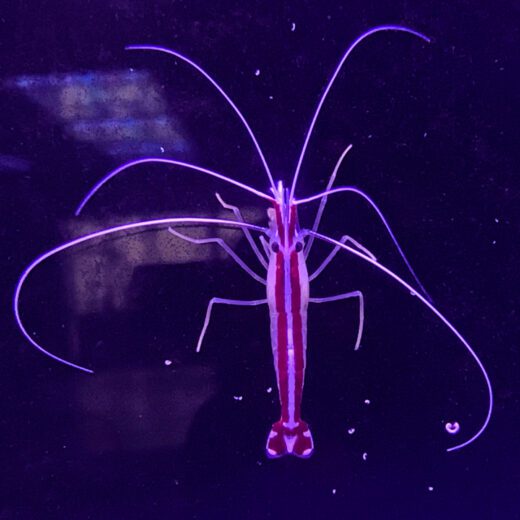Description
General information about Shrimp:
Shrimp are great reef inhabitants, but also a favorite snack for many wrasses and other marine fish, so compatibility should be considered. They are also sensitive to sudden changes in pH, Temperature & Salinity.






